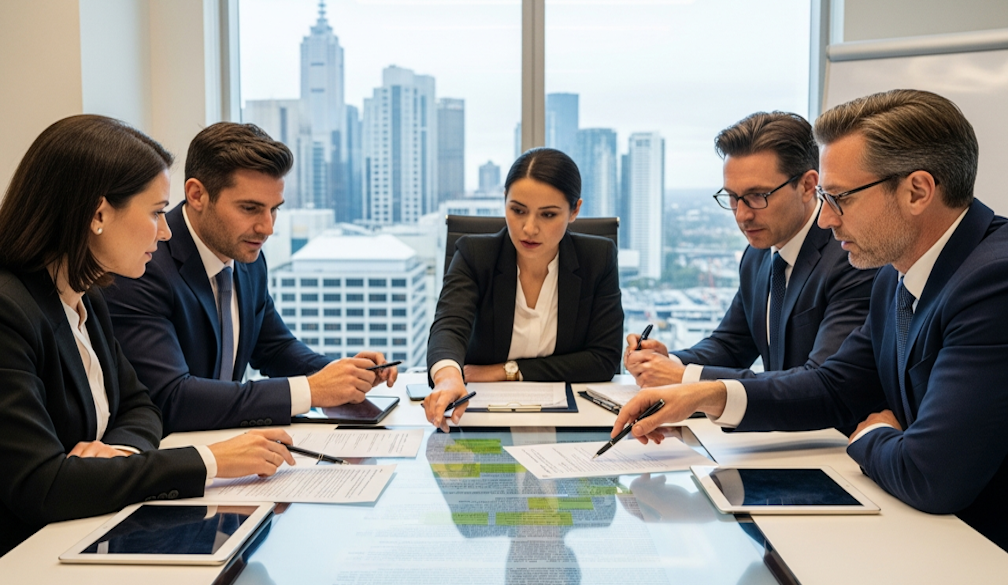How to reform the NDIS and better support disabled people who don’t qualify for it
- Written by Sam Bennett, Disability Program Director, Grattan Institute

Australia is spending more than ever on disability services – and yet many people with disability still aren’t receiving the support they need.
Since the National Disability Insurance Scheme (NDIS) began in 2013, it has transformed the lives of hundreds of thousands of disabled Australians and their families.
But the NDIS has grown too big, too fast.
The scheme cost nearly A$42 billion in 2023-24 and is expected to cost more than $58 billion by 2028. This makes it one of the fastest-growing pressures on the federal budget.
New “foundational supports” – disability-specific services outside individual NDIS packages – are part of the answer to reduce demand on the NDIS and make the scheme sustainable. They were supposed to be operational from July 1 2025. That’s tomorrow, but they are nowhere to be seen.
A new Grattan Institute report shows how the government can fund these vital supports and save the NDIS – without spending more money.
Spending is too concentrated in the NDIS
All Australian governments are spending more on disability services than they were before the NDIS.
This is a good thing. But most of this expenditure is for individual NDIS funding packages. The NDIS funds packages for about 700,000 Australians.
This leaves little support for the roughly 75% of disabled Australians who don’t qualify for the NDIS.
Around 200,000 Australians with a severe mental illness, for example, aren’t receiving the psychosocial supports they need.
Many other disabled Australians might only require occasional or low-intensity support such as peer support, supported decision-making, or self-advocacy – supports which are poorly funded and targeted under current arrangements.
So there’s a huge incentive for people to get into the NDIS, regardless of whether an individualised funding package best meets their needs.
The NDIS supports more people than intended
We’re seeing this incentive play out in ballooning numbers of people entering the NDIS.
In 2011, the Productivity Commission estimated a mature NDIS would serve 490,000 people.
But in 2025, the NDIS is supporting more than 700,000 people. That number is projected to surpass one million by 2034.
The number of adults in the scheme is only a little higher than originally expected, but the number of children is nearly double.
About 10% of children aged five to seven are now in the NDIS, including 15% of six-year-old boys.
The expectation was that many children would only require short-term early intervention supports. Instead, most children are staying in the scheme long term.
Our research shows the current NDIS design is poorly suited to delivering early intervention, which works best for children when it is delivered in the places they live, learn and play. This includes in playgroups, libraries and early childhood education settings.
An individualised funding model makes this difficult. Yet this is the only option available for most families, because the NDIS has led to reduced investment in services that could work far better for their children.
Support more Australians with disability
The problem isn’t the amount of funding in the system, but the way it is used.
The original NDIS design was for a multi-tiered scheme with different levels of coverage. Getting back to this idea is what foundational supports is all about.
Foundational supports are services and supports for people with disability that do not involve individualised funding from the NDIS.
To meet the needs of more disabled Australians and take pressure off the NDIS, it is imperative that governments establish an ambitious program of these lower-intensity supports.
These should include supports available to all disabled Australians who need them, such as information and advice, support with decision-making, and access to peer support or self-advocacy.
They should also include evidence-based early intervention supports for children with disability and/or developmental delay. And they should include psychosocial supports for people with severe mental illness who don’t meet the threshold for an individualised NDIS package.
The current impasse in Commonwealth-state funding negotiations could be overcome by governments agreeing to repurpose a small portion – about 10% – of their existing NDIS contributions.
Our report outlines a plan to fully fund foundational supports using this repurposed funding and better allocate individualised funding. This would ensure more people get the support they need within an affordable NDIS that grows more slowly.
Don’t save money by delaying access
NDIS growth has fallen in recent quarters and is on track to be 10.6% in 2024-25.
This compares with an average growth rate of more than 24% a year over the past five years.
But it is too early to attribute that reduction in growth to policy changes.
A significant downturn in operational performance is very likely to be a contributing factor. The NDIS is groaning under the weight of unsustainable work volumes.
Since September 2023, it has been taking longer to approve new applicants trying to get access to the NDIS, and to reassess the plans of people already on the scheme.
We know what drives growth in NDIS expenditure: more people joining the scheme, and existing NDIS participants’ plans increasing over time.
At the moment, slowing down how fast the NDIS is growing is coming at the expense of the disabled people who need support from the NDIS and are waiting too long to get it.
It is important that necessary growth moderation is achieved through measures that do not result in vital supports being delayed, or disabled peoples’ experience of, and results from, the NDIS being undermined.
The NDIS is worth saving. Making necessary policy changes now to rebalance the NDIS will ensure it endures for future generations.
Authors: Sam Bennett, Disability Program Director, Grattan Institute



















